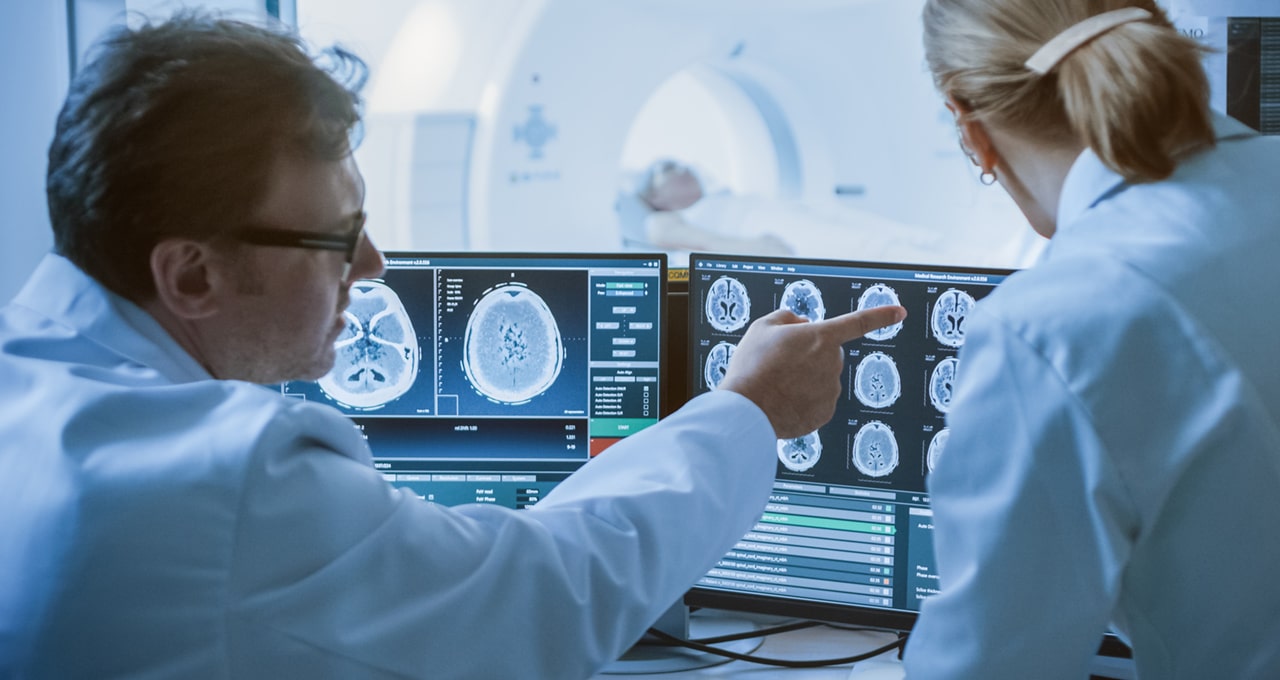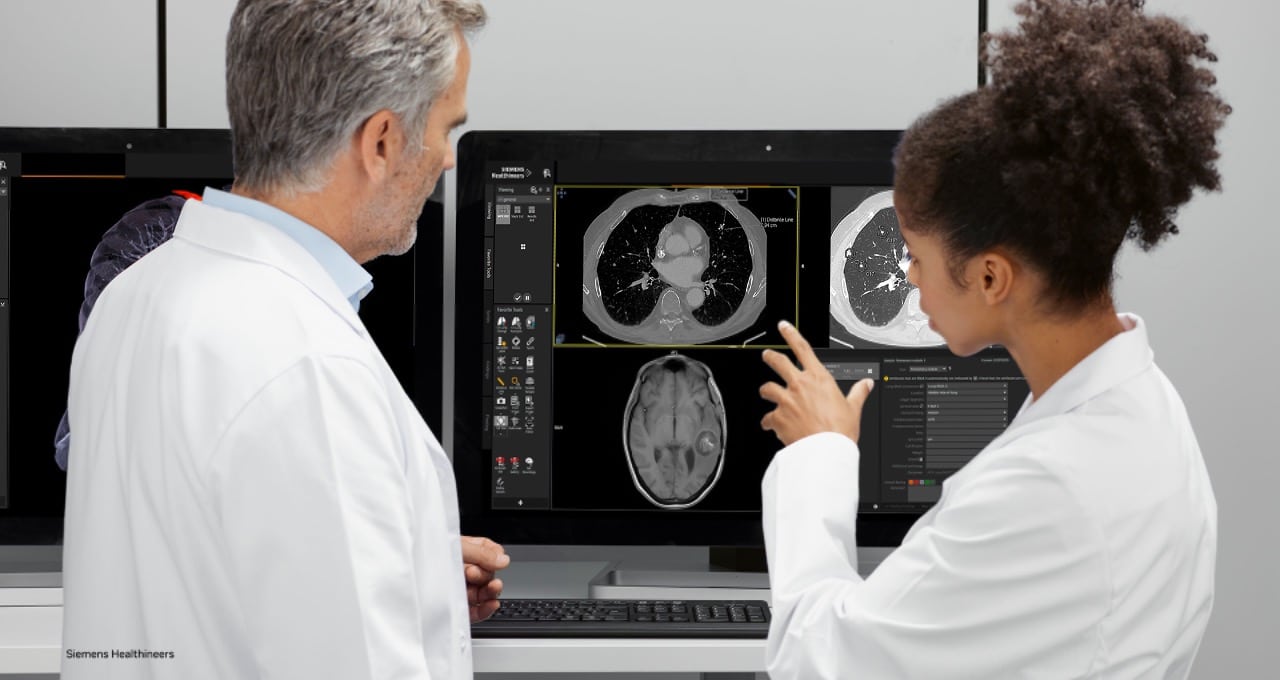MAP Once, Run Anywhere: MONAI Introduces Framework for Deploying Medical Imaging AI Apps
Delivering AI-accelerated healthcare at scale will take thousands of neural networks working together to cover the breadth of human physiology, diseases and even hospital operations — a significant challenge in today’s smart hospital environment. MONAI, an open-source medical-imaging AI framework with more than 650,000 downloads, accelerated by NVIDIA, is making it easier to integrate these.

Delivering AI-accelerated healthcare at scale will take thousands of neural networks working together to cover the breadth of human physiology, diseases and even hospital operations — a significant challenge in today’s smart hospital environment.
MONAI, an open-source medical-imaging AI framework with more than 650,000 downloads, accelerated by NVIDIA, is making it easier to integrate these models into clinical workflows with MONAI Application Packages, or MAPs.
Delivered through MONAI Deploy, a MAP is a way of packaging an AI model that makes it easy to deploy in an existing healthcare ecosystem.
“If someone wanted to deploy several AI models in an imaging department to help experts identify a dozen different conditions, or partially automate the creation of medical imaging reports, it would take an untenable amount of time and resources to get the right hardware and software infrastructure for each one,” said Dr. Ryan Moore at Cincinnati Children’s Hospital. “It used to be possible, but not feasible.”
MAPs simplify the process. When a developer packages an app using the MONAI Deploy Application software development kit, hospitals can easily run it on premises or in the cloud. The MAPs specification also integrates with healthcare IT standards such as DICOM for medical imaging interoperability.
“Until now, most AI models would remain in an R&D loop, rarely reaching patient care,” said Jorge Cardoso, chief technology officer at the London Medical Imaging & AI Centre for Value-Based Healthcare. “MONAI Deploy will help break that loop, making impactful clinical AI a more frequent reality.”
MONAI Deploy Adopted by Hospitals, Healthcare Startups
Healthcare institutions, academic medical centers and AI software developers around the world worldwide are adopting MONAI Deploy, including:
- Cincinnati Children’s Hospital: The academic medical center is creating a MAP for an AI model that automates total cardiac volume segmentation from CT images, aiding pediatric heart transplant patients in a project funded by the National Institutes of Health.
- National Health Service in England: The NHS Trusts have deployed its MONAI-based AI Deployment Engine platform, known as AIDE, across four hospitals to provide AI-enabled disease-detection tools to healthcare professionals serving 5 million patients a year.
- Qure.ai: A member of the NVIDIA Inception program for startups, Qure.ai develops medical imaging AI models for use cases including lung cancer, traumatic brain injuries and tuberculosis. The company is using MAPs to package its solutions for deployment, accelerating its time to clinical impact.
- SimBioSys: The Chicago-based Inception startup builds 3D virtual representations of patients’ tumors and is using MAPs for precision medicine AI applications that can help predict how a patient will respond to a specific treatment.
- University of California, San Francisco: UCSF is developing MAPs for several AI models, with applications including hip fracture detection, liver and brain tumor segmentation, and knee and breast cancer classification.
Putting Medical Imaging AI on the MAP
The MAP specification was developed by the MONAI Deploy working group, a team of experts from more than a dozen medical imaging institutions, to benefit AI app developers as well as the clinical and infrastructure platforms that run AI apps.
For developers, MAPs can help accelerate AI model evolution by helping researchers easily package and test their models in a clinical environment. This allows them to collect real-world feedback that helps improve the AI.
For cloud service providers, supporting MAPs — which were designed using cloud-native technologies — enables researchers and companies using MONAI Deploy to run AI applications on their platform, either by using containers or with native app integration. Cloud platforms integrating MONAI Deploy and MAPs include:
- Amazon HealthLake Imaging: The MAP connector has been integrated with the HealthLake Imaging service, allowing clinicians to view, process and segment medical images in real time.
- Google Cloud: Google Cloud’s Medical Imaging Suite, designed to make healthcare imaging data more accessible, interoperable and useful, has integrated MONAI into its platform to enable clinicians to deploy AI-assisted annotation tools that help automate the highly manual and repetitive task of labeling medical images.
- Nuance Precision Imaging Network, powered by Microsoft Azure: Nuance and NVIDIA recently announced a partnership bringing together MONAI and the Nuance Precision Imaging Network, a cloud platform that provides more than 12,000 healthcare facilities with access to AI-powered tools and insights.
- Oracle Cloud Infrastructure: Oracle and NVIDIA recently announced a collaboration to bring accelerated compute solutions for healthcare, including MONAI Deploy, to Oracle Cloud Infrastructure. Developers can start building MAPs with MONAI Deploy today using NVIDIA containers on the Oracle Cloud Marketplace.
Get started with MONAI and discover how NVIDIA is helping build AI-powered medical imaging ecosystems at this week’s RSNA conference.





































